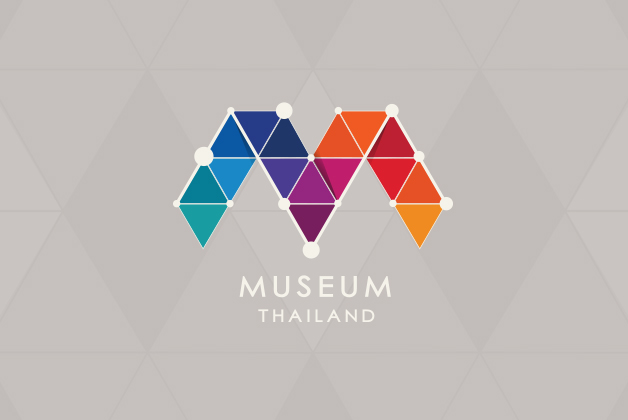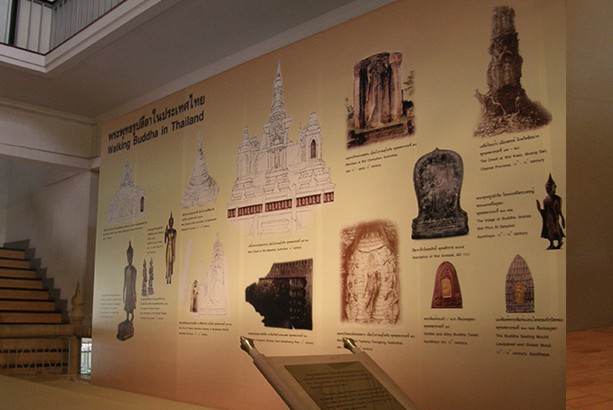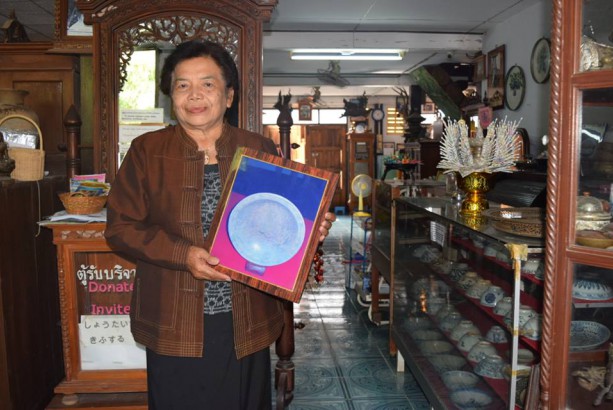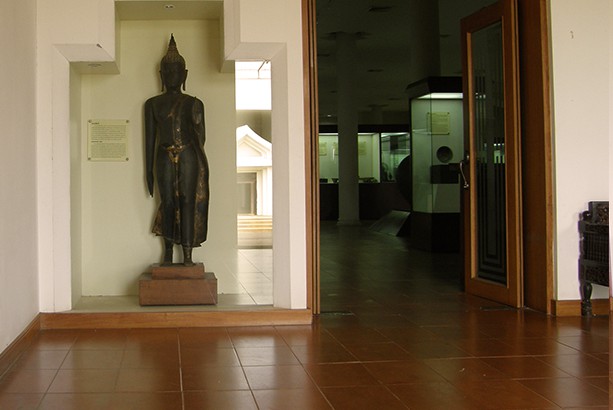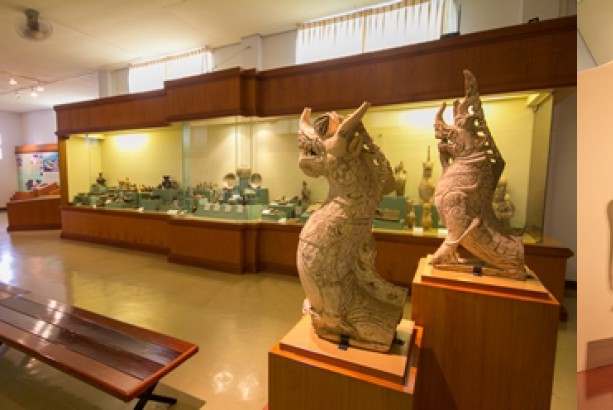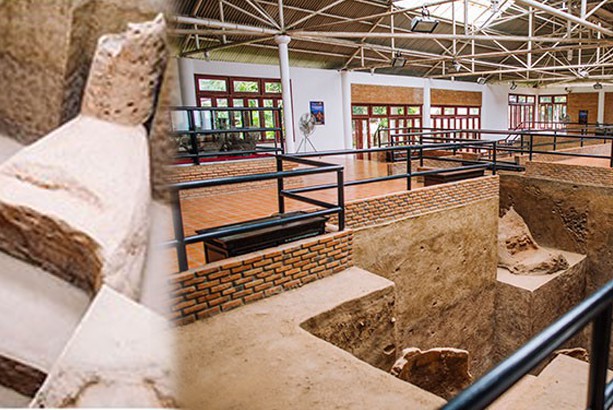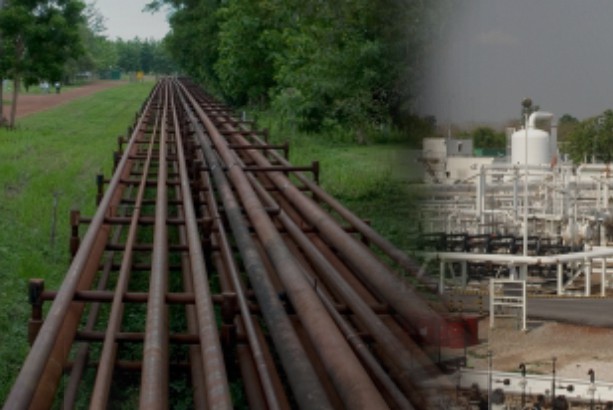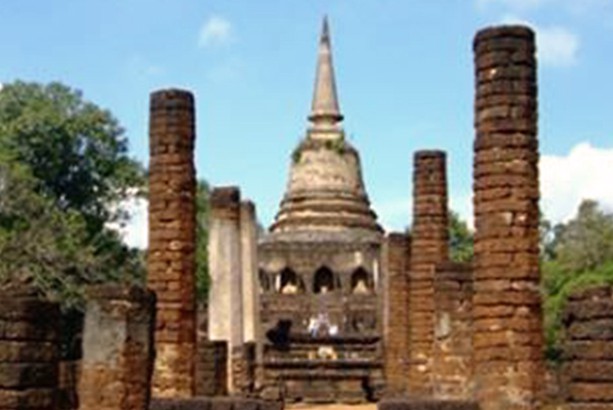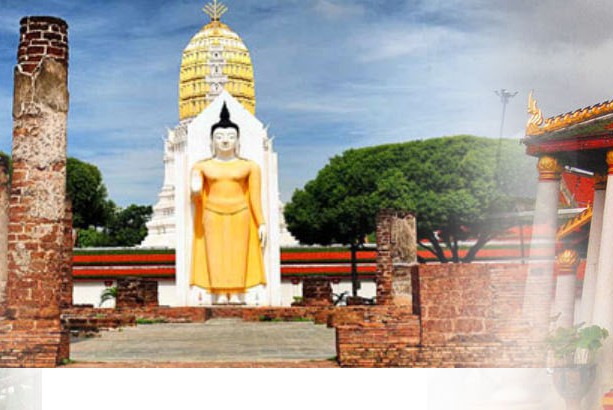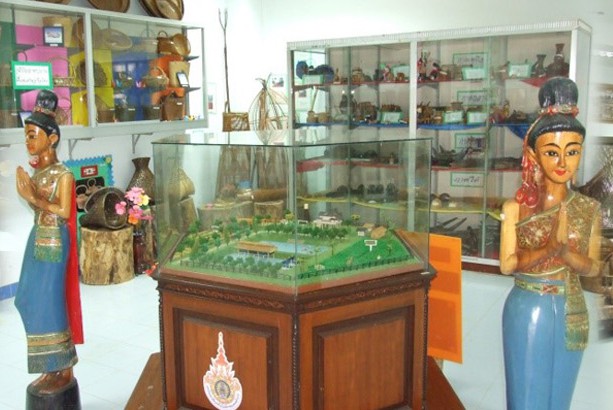Gallery
Information
Sukhothai Historical Park is Thailand's historical heritage which could date back to the dawn of the Kingdom. Listed as one of UNESCO's World Heritage Sites, the ancient town of Sukhothai was the former capital of the Thai Kingdom and praised for its prosperity. Known as a center of administration, religion, and economic, Sukhothai Historical Park consists of these notable places
King Ram Khamhaeng the Great Monument – Sculpted from bronze, King Ram Khamhaeng the Great Monument is twice the usual size and stands on 3-metre tall. The royal statue is in a sitting position on Manangkhasila Asana Throne, with a book in the right hand and a teaching gesture on the left one. On the Throne’s left side lies a tray with a two-sided sword on it. The face of the royal statue is sculpted in the same manner as that of early Sukhothai period’s Buddha statues. Behind the monument, a high-relief illustrating King Ram Khamhaeng’s royal duties based on the Sukhothai Archives is located.
Wall of the Town of Sukhothai – Called “Tri Boon” (3 layered walls) in stone inscription, the wall of the Town of Sukhothai is laid out in a rectangular format with 1,300-metre-width and 1,800-metre-length size. The inner wall was made of laterite and built on raised levees while the two outer layers were made of moats and levees. Apart from protecting the town from enemies, the moats were used as water ways to prevent flood. The town’s gate along with checkpoints is located in the middle of each side of the wall.
Mahathat Temple – Located in the center of the town, Mahathat Temple is the big and significant temple of Sukhothai. The compound consists of the central lotus-bud shaped chedi (Phum Kao Bin), considered an original art form of Sukhothai. It is surrounded by 8 chedis on the same foundation with 4 of them made of laterite on the 4 directions, and stupa-like chedis made of bricks influenced by Lan Na style. Further discovery found that the complex comprises 200 various chedis, 10 sermon halls, 8 Mondops, 1 ordination hall, and 4 Trapang. On the east side of the central chedi, a big sermon hall made of laterite is located and features a throne on which Thailand’s biggest bronze statue of Buddha or Phra Sri Shakyamuni was once enshrined. The statue is now placed at Suthat Thep Wararam Temple in Bangkok. “Phra Attharot” or Standing Buddha Images are located in the mandapas on the north and south sides of Mahathat Chedi.
Chana Songkhram Temple – Located close to the town pillar, it was formerly known as Ratcha Burana Temple and was known for the main grand bell-shaped chedi in the centre.
Prasat Phra Ruang Hill or Palace Quarter during Sukhothai Era – Located on the east adjacent to Mahathat Temple, King Rama VI viewed Phra Ruang Hill as construction base for the Sukhothai Kings’ palace. The Department of Fine Arts’ excavation revealed lotus-shaped rectangular base in 27.50 x 51.50-metre size with stairs in the front and the back.
Traphang Ngoen Temple (“Traphang” means pond or lake) – The temple is located on the rim of Traphang Ngoen on Mahathat Temple’s west side, and does not feature the quarter wall. The construction consists of lotus-bud shaped chedi or “Phum Kao Bin” as the main structure, with the 4 main prangs housing statues of Buddha in standing and moving positions. A small sermon hall is located in the front.
Sa Si Temple – The temple is located on a big island in the middle of “Traphang Tra Kuan” pond, with the main bell-shaped chedi as significant structure. A grand sermon hall in the front houses a statue of Buddha in Subduing Mara manner. A small chedi in Srivijaya and Lanka style is located on the south side. The structure is encompassed with a shrine of statue of Buddha on the 4 sides, with medium-sized island where an ordination hall is situated. Sa Si Temple is known for its breathtaking
Sri Sawai Temple – Located inside the temple quarter wall, the temple consists of 3 prangs in Lopburi style. They are located on small foundations with similar stucco patterns to that found on Yuan Dynasty’s Chinese ceramics. Discovery of a high-relief sculpture of the Sleeping Narayana, parts of deity statues, and lingams indicated that this place used to be a place of worship in Hinduism before being transformed into a Buddhist site by adding a temple in the front.
Ancient sites outside the town wall
Sukhothai Historical Park Tourist Information Center – Constructed as a Thai house in Sukhothai architecture style, Sukhothai Historical Park Tourist Information Center provides information and comfort to visitors of the Historical site. The place also features a model of ancient sites located within the old Sukhothai town.
Sukhothai Kiln Site (Thuriang Kilns) – Located around the old town’s moat called “Mae Joan”, the site comprises kilns dated back to Sukhothai Era or around 18th Buddhist Century. There are about 49 kilns which look like a cart’s hood. Most of the potteries found in this area were large, thick dishes and plates with dense, yellowish-grey coating and black drawings in the form of flowers, fish, and wheels.
Phra Phai Luang Temple – Following Mahathat Temple in terms of significance, this grandiose ancient site is designed with rectangular planning and surrounded by 3 layers of moats, with the outer one called “Koo Mae Joan.” (Mae Joan moat) Phra Pai Luang Temple is the centre of the community with 3 prangs as its central prang group. They were constructed with laterite in the style of Khmer temple art. At the front of the temple, a structure housing statues of Buddha in 4 postures of sitting, reclining, standing, and marching is located.
Si Chum Temple – The temple houses the graceful Buddha sculpture known as “Phra Achana” which means “the one who is unstirred, who remains calm.” Sculpted in the style of Srivijaya art, the statue of Buddha is 11.30-metre-wide. The temple had been built similarly to a Mondop. Its roof however was deteriorated; what remains now is the walls on all 4 sides which had been built solidly with bricks and mortar. Visitors can enter through the wall on the south side where they can enjoy ancient drawings on the walls that could date back to 700 years ago. Space between the stairs also features slate pads engraved with stories of different lives of Buddha.
Chang Rop Temple – This important temple consists of a bell-shaped chedi on a square foundation with 24 half-elephant sculptures, a prayer hall located in front of the central chedi, and 5 smaller chedis surrounding the central chedi and the prayer hall.
Saritphong Dam or Thamnop Phra Ruang – This place is an earth dam separating Phra Batara Yai Hill and Kew Ai Ma Hill. It was built to contain water, and circulate the water towards Traphang Ngoen and Traphang Thong for the town and the palace’s use during Sukhothai times.
Chetuphon Temple – This place is a Mondop built with slate stones, and houses statues of Buddha in 4 postures of sitting, reclining, standing, and marching made of various materials from bricks, slates, and laterite. Interesting site in this monastery is the long wall encompassing the 4 sides of the monastery. It was built from thick and large slate, which was later carved to give a glimpse of wood-like texture. The 58th stone scripture engraved in B.E.2057 stated that Chao Dhamma Rangsi had built the statue of Buddha in this temple.
Chedi Si Hong Temple – Interesting object is the base of the main stupa with stucco reliefs depicting men and women with their clothes and jewelry. In their hands are vases with abundant plants indicating prosperity.
Saphan Hin Temple – Located on the hill at approximately 200-metre high, the stairway leading up to the temple is paved with slate. Significant object in the temple is the grand standing statue of Buddha in the attitude of Persuading Relatives not to Quarrel called “Phra Attharot” at the height of 12.50-meter.
Management
Organization Museum
Important / Interesting artifacts
Phra Achana in Si Chum Temple
Map
Address And Contact Number
Telephone : 055-697 241 / 055-633 236
Fax : 055-697 527
Website : http://www.finearts.go.th/sukhothaihistoricalpark/
Email : sukhothai_his@hotmail.com
Operating hours
Monday-Friday and Sunday from 06-30-19.30 hrs.
Saturday from 06.30-21.00 hrs. (Lights for the ancient sites are turned on)
Aranyik Quarter – Daily from 08.00-16.30 hrs.
Si Chum and Phra Phai Luang Temples – Daily from 07.30-17.30 hrs.
Sukhothai Historical Park Office – Daily from 8.30-16.30 hrs.
Admission fee
1) Ancient sites in each zone require an entrance fee of 20 Baht for Thai citizens, and 100 Baht for foreigners.
2) Fees for bringing in vehicles:
- 10 Baht for bicycle
- 20 Baht for motorcycle
- 30 Baht for three-wheeled vehicle
- 50 Baht for four-wheeled vehicle
3) Free of charge for:
- Students in uniform or with student ID cards
- Governmental or educational units with letter of request in advance
- Priests from every religion
- Senior citizens of 60 years old and above
4) Free of charge for every Thai citizen on these 3 days:
- Children’s Day (the 2nd Saturday of January)
- Thai Heritage Conservation Day (April 2)
- Beginning of Buddhist Lent Day
Getting There
By car: There are 2 directions from Bangkok:
- Take Highway 1 and pass through Nakhon Sawan and Kamphaeng Phet Provinces before entering Sukhothai Province through Kamphaeng Phet’s Phran Kratai District and Sukhothai’s Khiri Mat District. The distance in total is 440 kilometers.
- Take Highway 1 and pass through Bang Pa-In District, Phra Nakhon Si Ayutthaya, Nakhon Sawan, and Phitsanulok Provinces before entering Sukhothai Province. The distance in total is 427 kilometers.
By train: Rapid and express trains from Bangkok’s Hua Lamphong Railway Station leave for Phitsanulok Station daily. Continue on the bus to Sukhothai Province for further 59 kilometers.
By bus: Fan and air-conditioned buses leave from Mochit Bus Terminal on Kamphaeng Phet 2 Road daily. The trip takes around 7 hours.
By plane: There are daily flights from Bangkok to Phitsanulok. After that, continue by bus to Sukhothai for further 118 kilometers.
Proper for General Public
Proper for Children
Credit Card
Advanced Booking
For group visit, a request letter is needed in advance.
FACILITY
Available





 ขยายขนาดตัวอักษร
ขยายขนาดตัวอักษร



 เพิ่มระยะห่างตัวอักษร
เพิ่มระยะห่างตัวอักษร

 เส้นช่วยในการอ่าน
เส้นช่วยในการอ่าน
 เน้นการเชื่อมโยง
เน้นการเชื่อมโยง
 ปรับชุดสี
ปรับชุดสี








 NIGHT AT THE MUSEUM FESTIVAL
NIGHT AT THE MUSEUM FESTIVAL  E-Shopping
E-Shopping 
